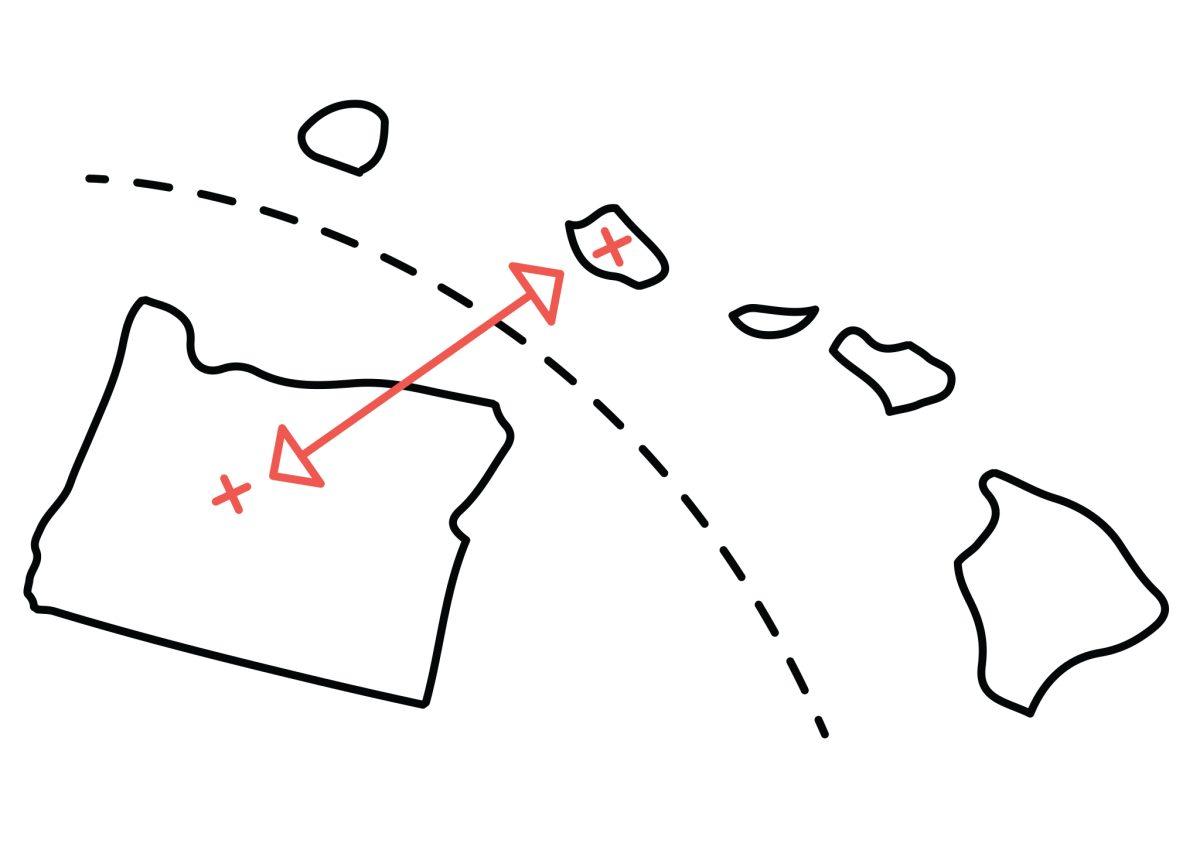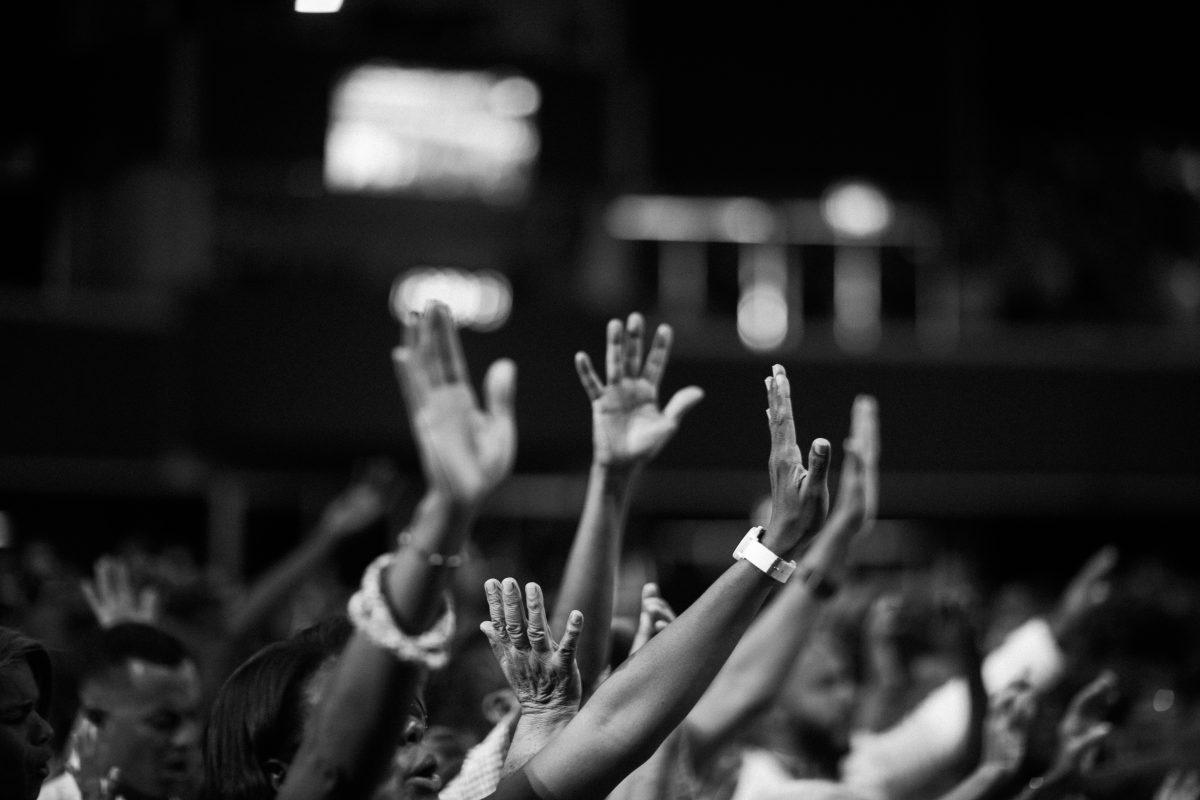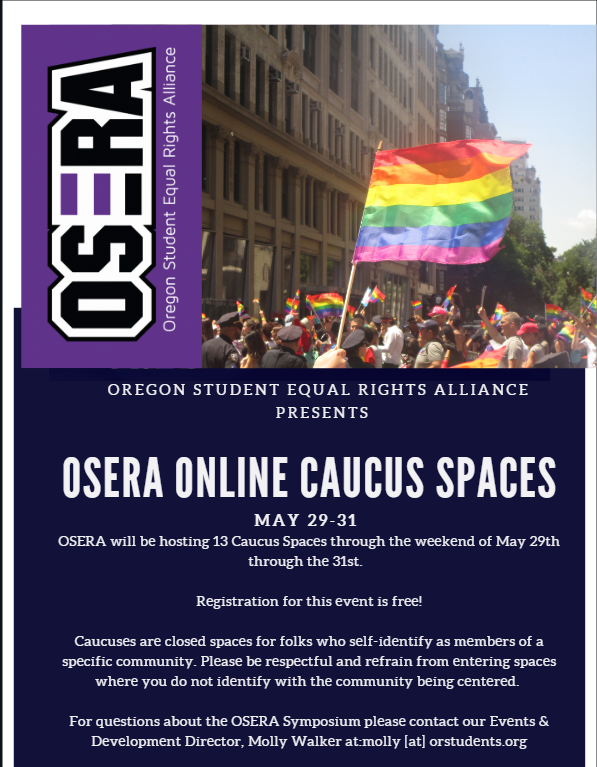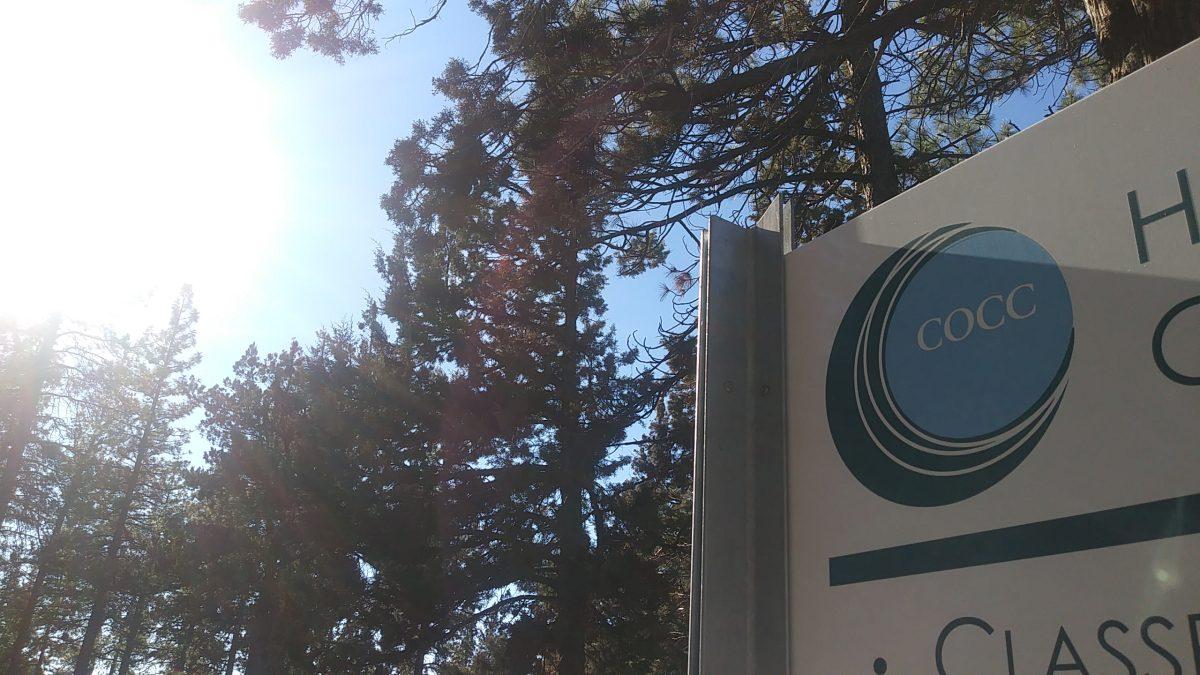By Emma Kaohi | The Broadside (Contact: [email protected])
Upon moving to Bend from Honolulu, Hawaii, I noticed almost immediately how clean and well-kept the town was. From the lack of trash covering the sidewalks, to the alleyways, where not a trace of spray paint was to be found.
What I found to be absolutely groundbreaking, however, was the immaculate parks dotted around the city. Taking drives through Bend trying to find a bad park to compare to what I had grown up with in Honolulu, but I couldn’t and it seemed as if each one I parked and played at was somehow better than the last.
The grass, well-mowed. The water faucet, not a leaky drip. The basketball net, hanging completely unbothered or ripped.
Quail Park, located right outside of campus, looks like a picture-perfect park out of a magazine. With centrally located benches for parents to sit and watch their children climb and slide on the two jungle gyms, a rock climbing wall for the future members at Bend Rock Gym, basketball and tennis court and my personal favorite, a completely functional swing set.
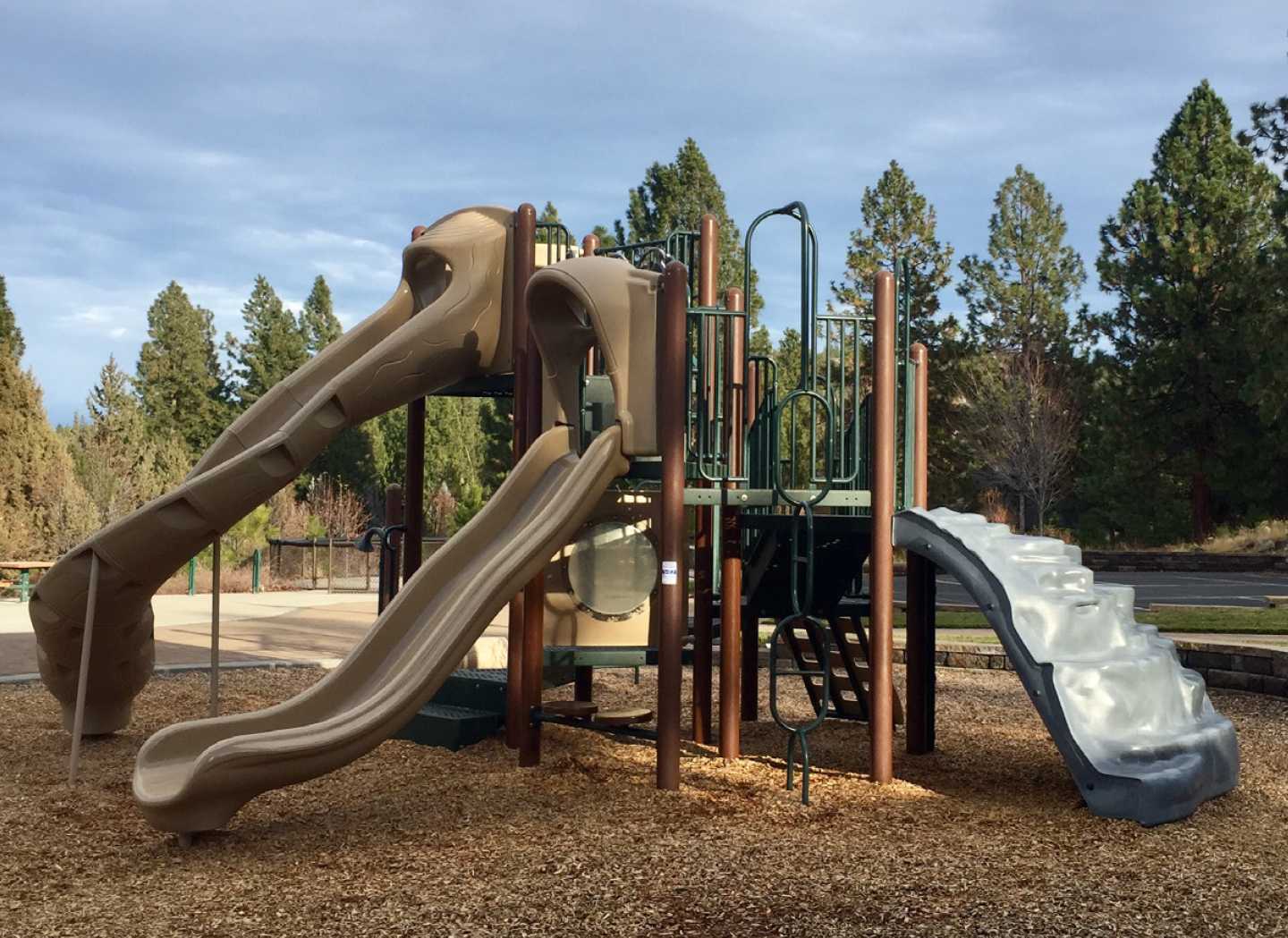
Unfortunately, the same cannot be said about parks found in Honolulu. Trash bins are often found overflowing, playground surfaces covered in layers of graffiti, swing sets with no swings, and almost every bench or table-top occupied by a homeless camp.
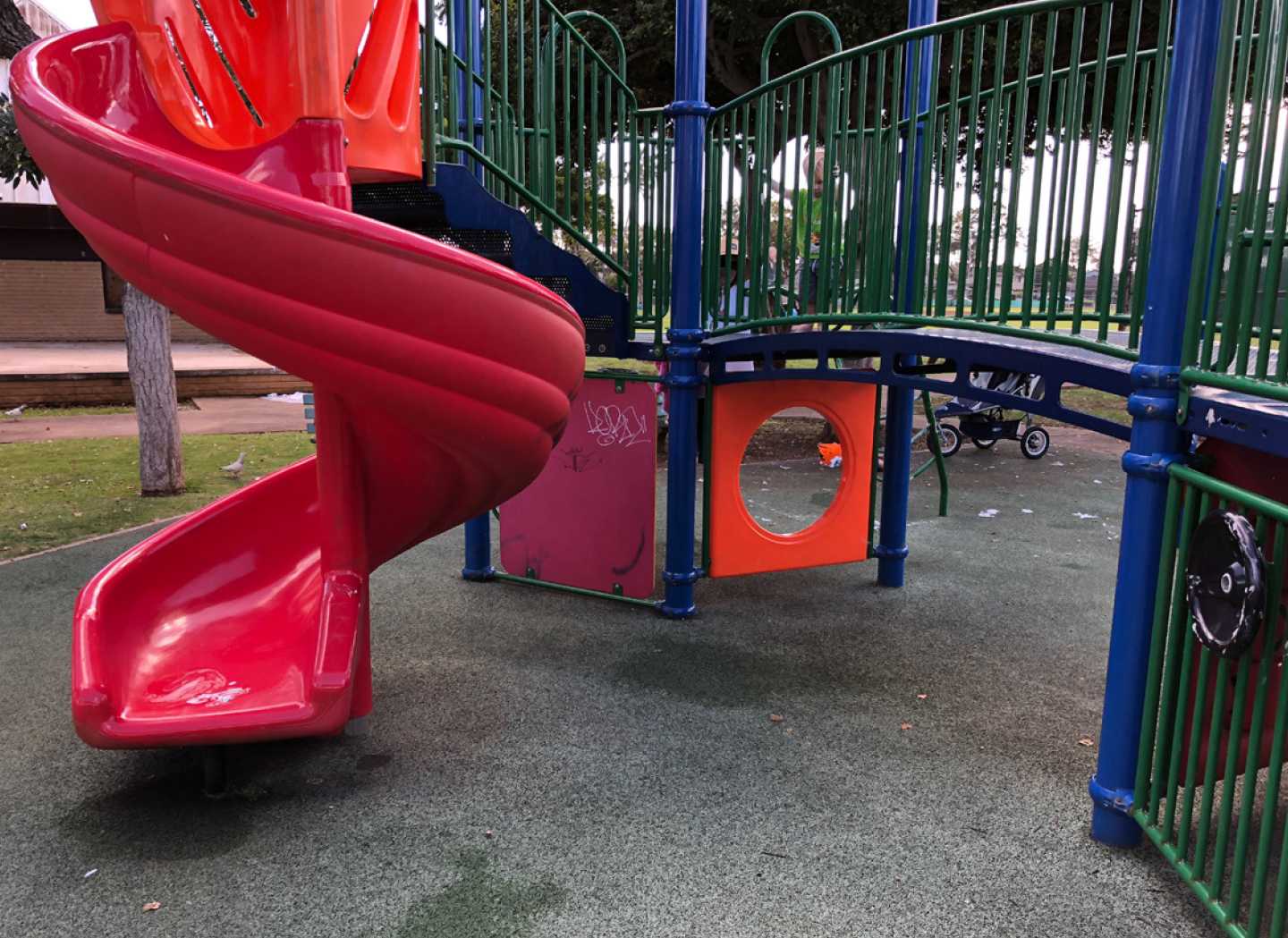
With both cities being established by the United States in 1905, why is it that Honolulu’s park and recreational services differ so much from those of Bend’s?
According to Bends Park and Recreation department 2017 budget, nearly $26 million is allocated for neighborhood and community parks. With around 20 parks in Bends 33.27 square mile city limits, that’s roughly $1.3 million per park.
In addition, although Honolulu is the city, the budget includes the entire island of Oahu, nearly 600 square miles. In comparison to the allocated $31 million for Oahu park maintenance, with upwards of 80 parks on island, that’s less than $380,000 per park. With larger parks requiring more maintenance than others, some parks are left nearly abandoned.
“I feel like they pride themselves on how their parks look here, not that they don’t at home but there’s more effort put in here because there’s a lot more people that roam and use the parks here,” explained first-year student Courtney Comilla, who moved to Bend from Honolulu.
However, living on an island leaves you with more recreational opportunities than I find living in Bend. With sandy coastlines covering a majority of the island, beach parks are a lot more commonly used than a neighborhood park.
“We went to the beach a lot more than parks, only for little league games and things like that,” said first-year student Hanna Kannys, who also moved to Bend from Honolulu, “The beaches had little beach-front parks that were a lot more maintained than the neighborhood parks.”
Tourism is Hawaii’s largest source of private capital. It contributed $11.4 billion in visitor spending and $1 billion in tax revenue last year, according to the Hawaii Tourism Authority, parks near popular beaches where tourist often fluctuate are often more well kept.
In addition, with Bend’s homeless population being a slim 778 during a Point-in-Time Count in comparison to Honolulu’s staggering 4,959 in January 2017, it’s no surprise that park benches and overhangs are usually occupied.
The Point-in-Time Count is executed annually by volunteers during the last week of January, however is part of the U.S. Department of Housing and Urban Development to help track the homeless rate as well as diminish issues that bring individuals to homelessness.
“I think Bend is a lot more about a good community and as a community, they keep it clean, which is good to see. The people in Bend are a lot more park outdoor than beach outdoor,” explained Comilla.
Hopefully one day Honolulu’s neighborhood parks could compare to those of Bend’s neighborhood, but spending time outdoors on a sandy beach wasn’t too bad, either. ■


